3D and 2D landscape
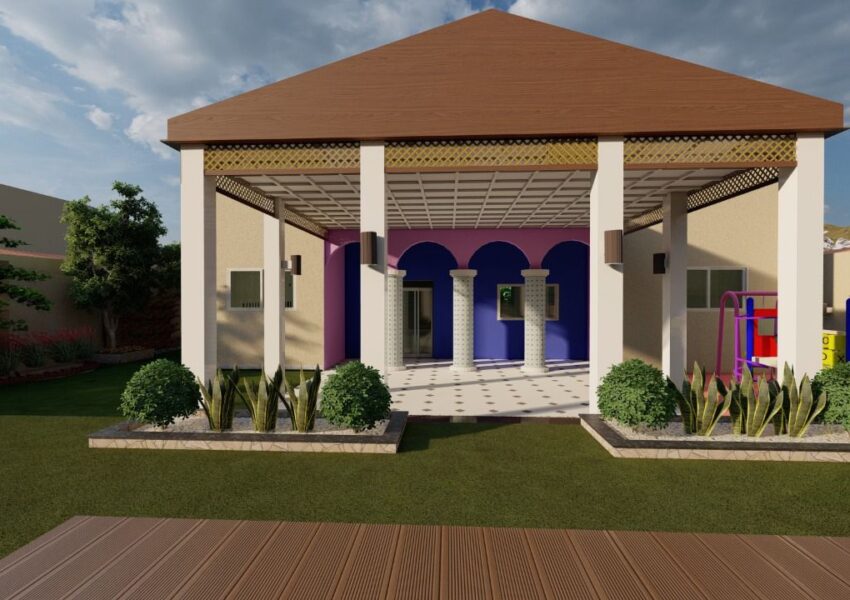
Exploring 3D and 2D Landscapes: A Comprehensive Guide
In the world of design and visual arts, landscapes come in various forms. Whether you’re creating a serene outdoor scene for a video game, an immersive virtual reality experience, or simply enhancing a digital project, understanding the differences and applications of 3D and 2D landscapes is essential. This article will dive deep into both types, exploring their unique features, benefits, and uses in modern design.
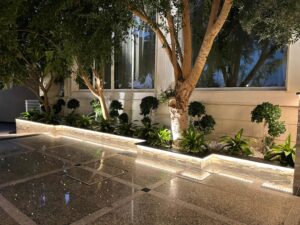
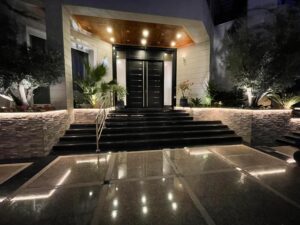
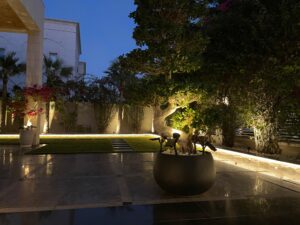
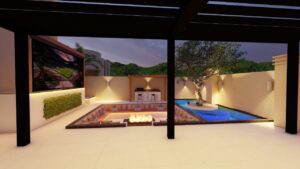
What is a 2D Landscape?
A 2D landscape refers to a flat, two-dimensional representation of a scene. Unlike 3D landscapes, there is no depth or perspective that allows objects to appear as if they have height, width, and depth. Typically, 2D landscapes are used in traditional animation, illustrations, and early video games.
Key Features of 2D Landscapes:
- Flat Appearance: Everything in the scene appears on a single plane without depth.
- Simplicity: They require fewer resources and are easier to create, making them ideal for simpler designs.
- Cost-Effective: 2D landscapes are quicker to render, which can save time and money in production.
Applications of 2D Landscapes:
- Video Games: Many classic video games (like platformers or side-scrollers) use 2D landscapes for their simplicity and nostalgic appeal.
- Animation and Comics: 2D landscapes are frequently seen in animated films and comic books.
- Illustrations: Artists often use 2D landscapes to convey scenes or stories in a visually impactful manner.
What is a 3D Landscape?
A 3D landscape, on the other hand, offers a more realistic representation of the world. It includes depth, dimension, and perspective, giving the viewer the illusion that the environment exists in three physical dimensions. 3D landscapes are commonly used in advanced gaming, architecture, virtual reality, and simulations.
Key Features of 3D Landscapes:
- Depth and Perspective: 3D landscapes allow for an immersive experience, where the viewer can explore different angles and depths of the scene.
- Realism: The incorporation of textures, lighting, and shadows enhances the overall lifelike quality of the environment.
- Interactive: In many modern applications, such as virtual reality (VR), users can interact with and manipulate the 3D landscape.
Applications of 3D Landscapes:
- Video Games: Almost all modern video games utilize 3D landscapes to create immersive worlds, from RPGs to first-person shooters.
- Virtual Reality: 3D landscapes are essential in VR experiences, providing users with a sense of presence in a simulated environment.
- Architecture: Architects use 3D landscapes to visualize buildings and terrains before construction.
- Film and Animation: 3D landscapes are commonly used in CGI-heavy movies to create breathtaking, realistic worlds.
2D vs 3D Landscapes: Which One is Right for You?
Choosing between a 2D or 3D landscape depends largely on your project goals. Here’s a quick comparison to help you decide:
| Aspect | 2D Landscapes | 3D Landscapes |
|---|---|---|
| Realism | Simple, flat designs | High level of realism |
| Cost | Less expensive to create | More resource-intensive |
| Interactivity | Limited interactivity | Highly interactive |
| Use Cases | Animation, early games, illustration | Modern games, VR, architecture |
| Development Time | Quicker to develop | Requires more time and skill |
Conclusion: Making the Right Choice for Your Project
Both 2D and 3D landscapes have their distinct advantages, and the right choice depends on your specific needs. 2D landscapes are perfect for projects where simplicity and speed are essential, while 3D landscapes excel in providing immersive, interactive, and highly realistic environments.
Whether you’re designing for games, movies, or virtual environments, knowing how to leverage the unique features of both 2D and 3D landscapes will set your project apart. Choose wisely, and create a landscape that not only meets your needs but also captivates your audience.
Ready to Transform Your Visuals?
Now that you know the differences between 2D and 3D landscapes, it’s time to bring your ideas to life. Whether you’re looking for a classic, artistic style or a cutting-edge, immersive experience, we’ve got the tools and expertise to help. Contact us today to start creating the perfect landscape for your next project!
Frequently Asked Questions (FAQ)
-
1. What is a 2D Landscape Design?A 2D landscape design is a flat, bird's-eye view layout of your backyard or garden. It shows the placement of elements such as plants, patios, walkways, and outdoor structures on a two-dimensional plane, making it easy to understand the overall layout and flow of your space.
-
2. What is a 3D Landscape Design?A 3D landscape design brings your outdoor space to life by providing a three-dimensional visualization. It allows you to see how elements will look from different angles, and how the landscape will evolve with height, depth, and texture. This provides a more realistic view of your space, helping you better understand proportions, materials, and colors before installation.
-
3. Why should I choose a 3D design over a 2D design?While both 2D and 3D designs provide valuable insights into your project, 3D designs offer a more immersive experience. They help you visualize the space from different perspectives, making it easier to make design decisions and adjustments. If you're looking for a more detailed and realistic preview of how your backyard will look, a 3D design might be the best choice.
-
4. Can I make changes to my 3D or 2D design before the work starts?Yes, absolutely! We provide flexibility to modify your 2D or 3D designs until you’re completely satisfied. We work closely with you to ensure that all of your ideas and preferences are reflected in the final design, making changes easy before the physical work begins.
-
5. How long does it take to create a 2D or 3D landscape design?The timeline for creating a 2D or 3D landscape design varies based on the complexity of the project. A 2D design can typically be created within a few days to a week, while a 3D design may take a little longer, ranging from a week to several weeks depending on the scope and detail of the project.
-

